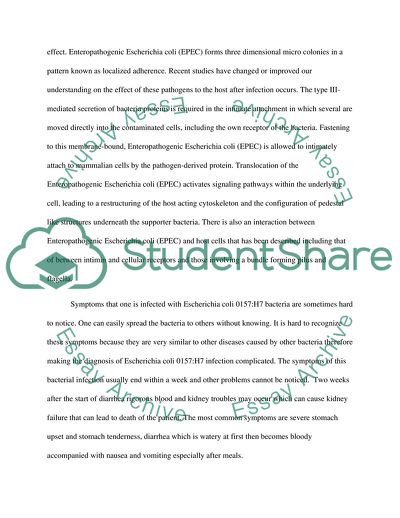Cite this document
(Report based on laboratory techniques for the microbial analysis of Lab, n.d.)
Report based on laboratory techniques for the microbial analysis of Lab. https://studentshare.org/health-sciences-medicine/1809520-report-based-on-laboratory-techniques-for-the-microbial-analysis-of-food-and-the-design-of-an-advisory-intervention-programme
Report based on laboratory techniques for the microbial analysis of Lab. https://studentshare.org/health-sciences-medicine/1809520-report-based-on-laboratory-techniques-for-the-microbial-analysis-of-food-and-the-design-of-an-advisory-intervention-programme
(Report Based on Laboratory Techniques for the Microbial Analysis of Lab)
Report Based on Laboratory Techniques for the Microbial Analysis of Lab. https://studentshare.org/health-sciences-medicine/1809520-report-based-on-laboratory-techniques-for-the-microbial-analysis-of-food-and-the-design-of-an-advisory-intervention-programme.
Report Based on Laboratory Techniques for the Microbial Analysis of Lab. https://studentshare.org/health-sciences-medicine/1809520-report-based-on-laboratory-techniques-for-the-microbial-analysis-of-food-and-the-design-of-an-advisory-intervention-programme.
“Report Based on Laboratory Techniques for the Microbial Analysis of Lab”. https://studentshare.org/health-sciences-medicine/1809520-report-based-on-laboratory-techniques-for-the-microbial-analysis-of-food-and-the-design-of-an-advisory-intervention-programme.


